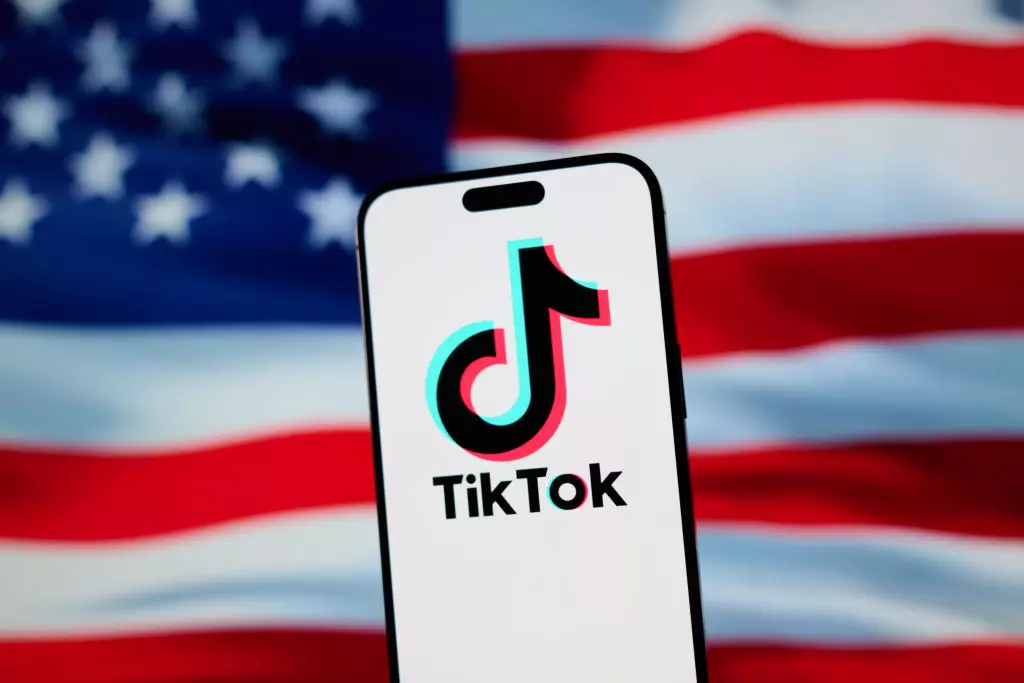In January 2023, a high-stakes conflict emerged as Apple and Google decided to remove TikTok from their respective app stores in the United States. This action was a direct reaction to concerns over national security, primarily revolving around TikTok’s ownership by ByteDance, a Chinese company. This unprecedented move marked a significant moment in the relationship between tech companies and government regulations, bringing to light the ongoing debate about digital privacy and national security.
After 25 days of absence from digital marketplaces, TikTok found its way back into the spotlight as both Apple and Google reinstated the app on their platforms. This reinstatement occurred amid heightened concerns regarding user data protection and the potential implications for American users. Interestingly, other applications owned by ByteDance, such as CapCut and Lemon8, were also welcomed back into the app stores, signaling a nuanced approach to regulation that extends beyond just TikTok.
The process of restoration was somewhat complex. Although TikTok began to restore services to its existing user base on January 19, Apple and Google continued to prevent the app’s re-entry into their stores. This meant that any user wishing to uninstall TikTok faced significant barriers in reinstalling it, effectively cutting off access for many. In a novel move, TikTok encouraged its users on Android to sideload the app directly from its website—an indication of the lengths to which the platform was willing to go to maintain connectivity with its user base.
The backdrop of these events involved political maneuvering, particularly from the Trump administration. Shortly after taking office, President Trump issued an executive order that provided TikTok a limited timeframe to divest its U.S. operations—a 75-day window in which ByteDance had to negotiate a sale to an American company. Trump’s remarks regarding the potential for a joint venture further underscored the complex intersection of commerce and national interests.
While TikTok faced regulatory uncertainty, its competitors have seized the moment to consolidate their positions in the market. Platforms like X and Bluesky have sought to capitalize on TikTok’s challenges by launching features that mimic the popular video format presented by the reinvigorated app. Meanwhile, Meta has proposed a new video editing application to rival CapCut, signaling a fierce competitive landscape fueled by TikTok’s temporary setbacks.
Looking Ahead: The Future of TikTok and Digital Social Platforms
Despite the turbulence, TikTok remains a formidable player in the social media space, as indicated by its impressive download statistics—over 52 million downloads last year alone, making it the second most downloaded app in the U.S. These numbers serve as a testament to the platform’s resilience and the depth of its user engagement. However, as regulatory frameworks evolve and competitors emerge, the future of TikTok may be one of continuous adaptation and negotiation within the ever-shifting digital landscape.
The reinstatement of TikTok on U.S. app stores reflects broader themes of governmental intervention in technology and the challenges faced by foreign-owned platforms in maintaining their user base. As both users and companies navigate this complicated terrain, the unfolding developments will likely have lasting implications for the future of social media and digital privacy.

